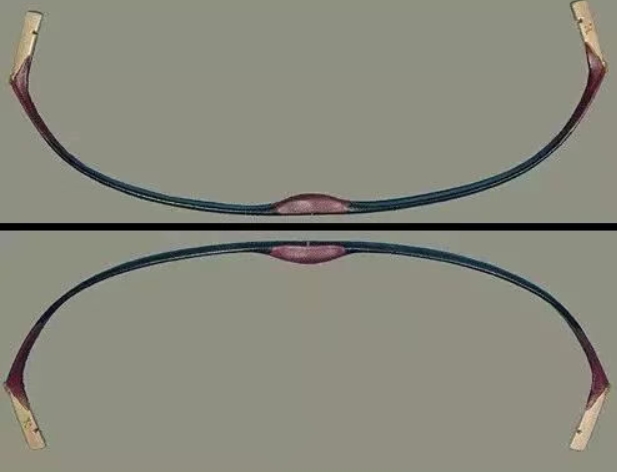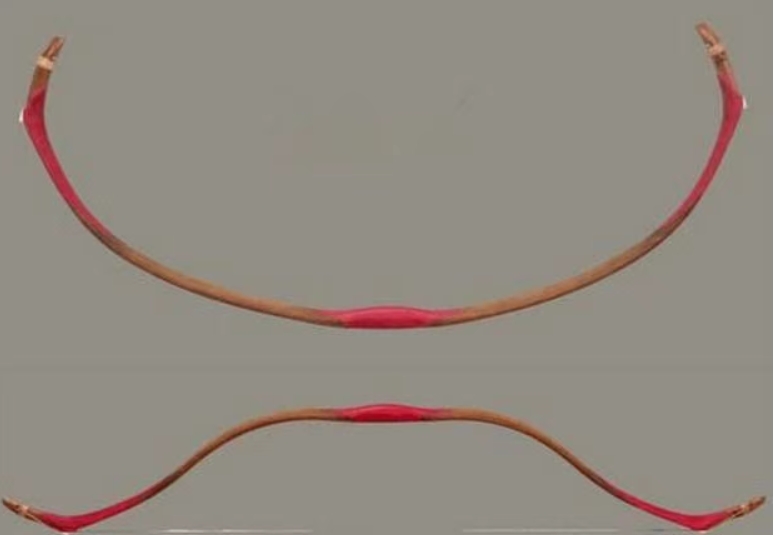Release time:2025-04-30 14:11:16Clicks:author:SPG ArcheryMain categories:Bows, Arrows, Archery Accessories

Turkish bow
The Turkish bow seems to be a recognized horn bow with high efficiency in firing light arrows. It is light and short in structure and is a sharp weapon in war.
Let's briefly analyze its structural characteristics:
1. On the basis of the large recurve of the entire bow arm, the Turkish bow adds a ridge to the front half of the bow arm to provide a stable hardness to the bow arm, replacing the recurve of the front half of the bow arm. Perhaps this can reduce the difficulty of the process and increase the stability of the bow body to achieve the same effect. The Tatar bow and the Indo-Persian bow also have this design. The advantage of this design is that it is more stable than the long tip and the recurve of the Scythian bow, and it does not add much weight to the bow arm.
2. There are two obvious turning points on the entire bow body, which can also be found on the Scythian bow.
3. The short outward-curved bow tip, some with string pads.
4. The biggest difference between the Turkish bow and the Scythian bow is the bow handle. The oval, convex outward and straight inside bow handle is more suitable for hand holding, and at the same time leaves a certain space for increasing the draw distance. 5. The bow is short, only about 130 cm long, and the string length is only about 113 cm after being strung. But the draw distance can still reach more than 80 cm.

Tatar Bow
The Tatar bow and the Turkish bow can almost be confused, with similar structures. There are also two turning points. But there are still differences. The first significant difference is that the Tatar bow tip is slightly longer, and the total length is more than ten centimeters longer than the Turkish bow. Another difference is the handle. The inside of the Tatar bow handle is slightly concave, while the inside of the Turkish bow handle is straight.